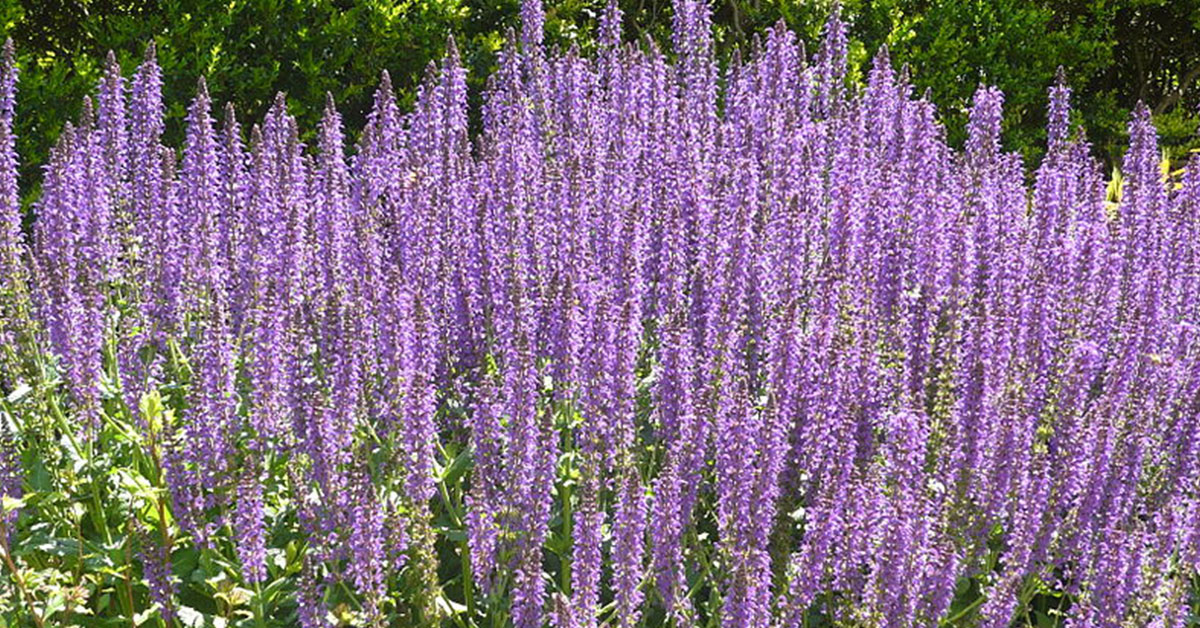If you love adding a fiery kick to your dishes, growing your own hot peppers is a fantastic way to bring the heat to your kitchen. From mild heat to blistering infernos, there’s a pepper variety to match every heat preference. Growing these spicy gems in your garden not only enhances your culinary creations but also adds a vibrant splash of color and an element of excitement to your gardening experience.
In this article, I’ll introduce you to ten of the spiciest peppers you can grow in your garden. These peppers range from moderately hot to some of the hottest varieties in the world. Let’s dive into these fiery plants that are sure to ignite your taste buds and spice up your garden!
Carolina Reaper
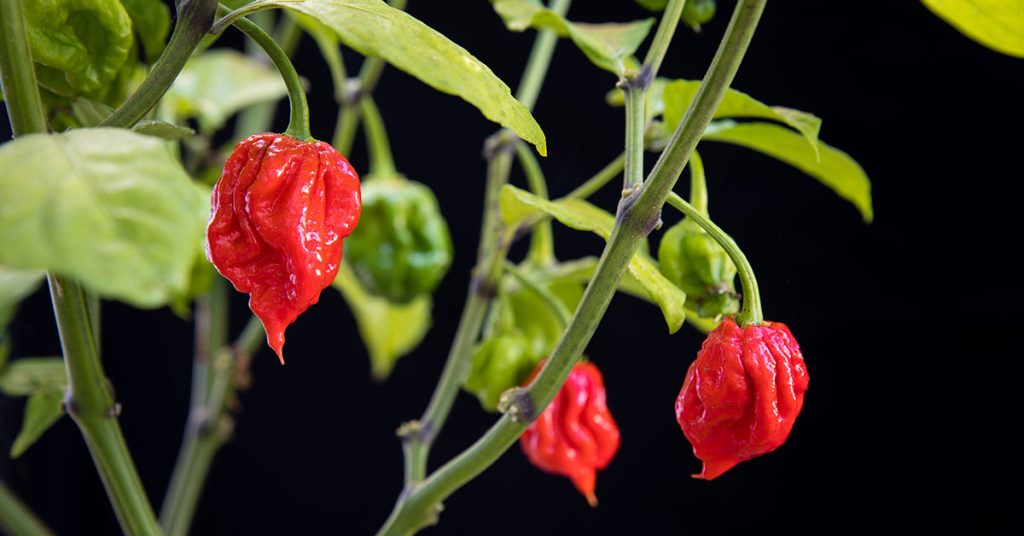
The Carolina Reaper holds the Guinness World Record for the hottest pepper, with a scorching average of 1,641,183 Scoville Heat Units (SHU), and peaks that can reach over 2,200,000 SHU! This pepper is not for the faint-hearted. Its gnarled appearance and distinctive tail make it easy to recognize, but it’s the intense heat that will leave a lasting impression.
I love growing Carolina Reapers because they’re a conversation starter and a real test of heat tolerance. They thrive in warm climates and need plenty of sunlight and well-drained soil. Use them sparingly in salsas, hot sauces, or even as a dare among friends – just be prepared for the fiery aftermath!
Ghost Pepper (Bhut Jolokia)
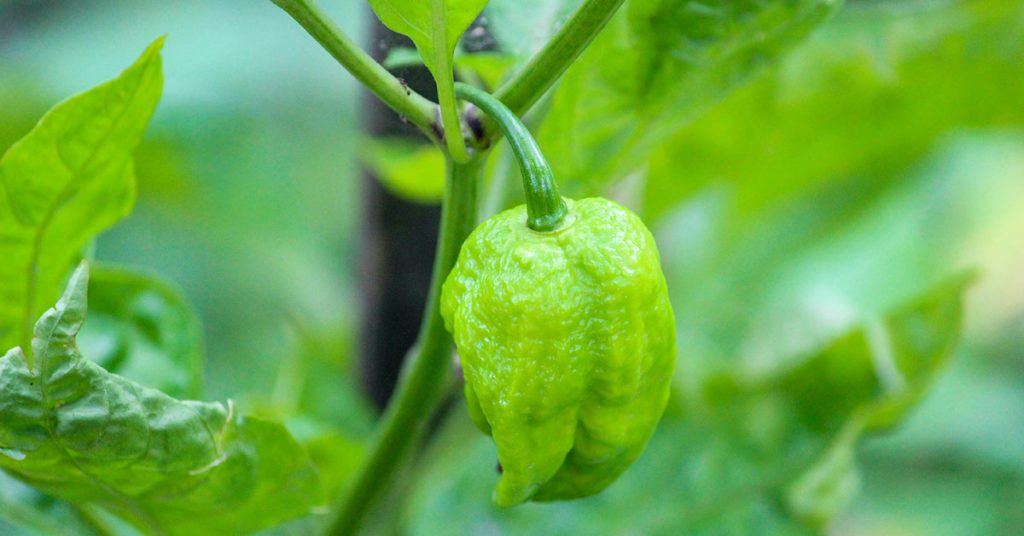
The Ghost Pepper, also known as Bhut Jolokia, is another legendary hot pepper, averaging around 1,041,427 SHU. Originating from India, this pepper has a smoky, slightly sweet flavor that pairs surprisingly well with its intense heat. The Ghost Pepper’s wrinkled skin and fiery red hue make it a striking addition to any garden.
Growing Ghost Peppers is a thrilling endeavor! They require a long growing season and plenty of warmth, so starting seeds indoors is often necessary in cooler climates. Use Ghost Peppers in sauces, marinades, and spicy dishes – but remember, a little goes a long way! Their heat builds slowly, leading to a prolonged and intense burn.
Habanero
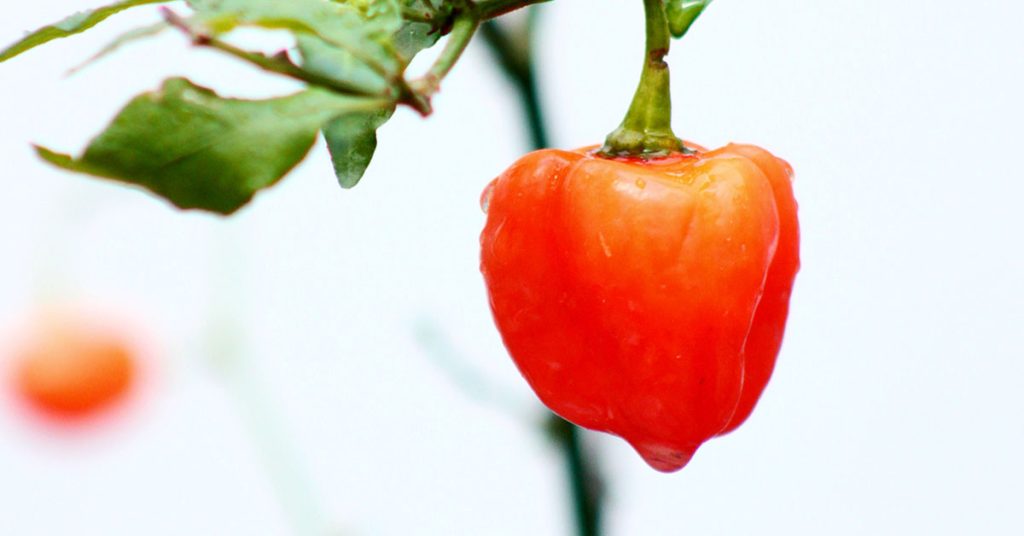
Habanero peppers are a favorite among spicy food enthusiasts, with a heat level ranging from 100,000 to 350,000 SHU. These small, lantern-shaped peppers come in vibrant colors like orange, red, and yellow. Habaneros have a fruity, citrusy flavor that adds complexity to their heat, making them a versatile choice for many dishes.
I enjoy growing habaneros because of their unique flavor and the bright splash of color they add to the garden. They thrive in full sun and well-drained soil, and their compact size makes them suitable for containers. Use habaneros in hot sauces, salsas, and tropical dishes to experience their fiery yet flavorful kick.
Trinidad Moruga Scorpion
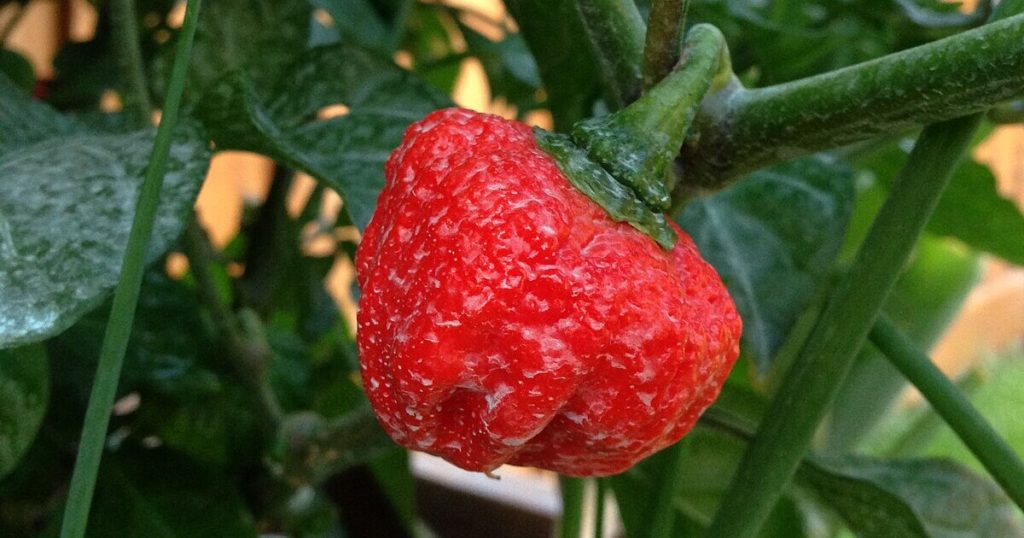
The Trinidad Moruga Scorpion is another incredibly hot pepper, with an average heat level of around 1,200,000 SHU and peaks that can reach 2,009,231 SHU. This pepper hails from Trinidad and Tobago and is known for its intense, lingering heat. Its bumpy, wrinkled skin and scorpion-like tail give it a menacing appearance.
Growing Trinidad Moruga Scorpions is an adventure! They require warm temperatures and plenty of sunlight to produce their fiery fruits. Use these peppers in small quantities to add a serious punch to your hot sauces and spicy dishes. Just be cautious – the heat of the Moruga Scorpion is not to be underestimated!
Scotch Bonnet
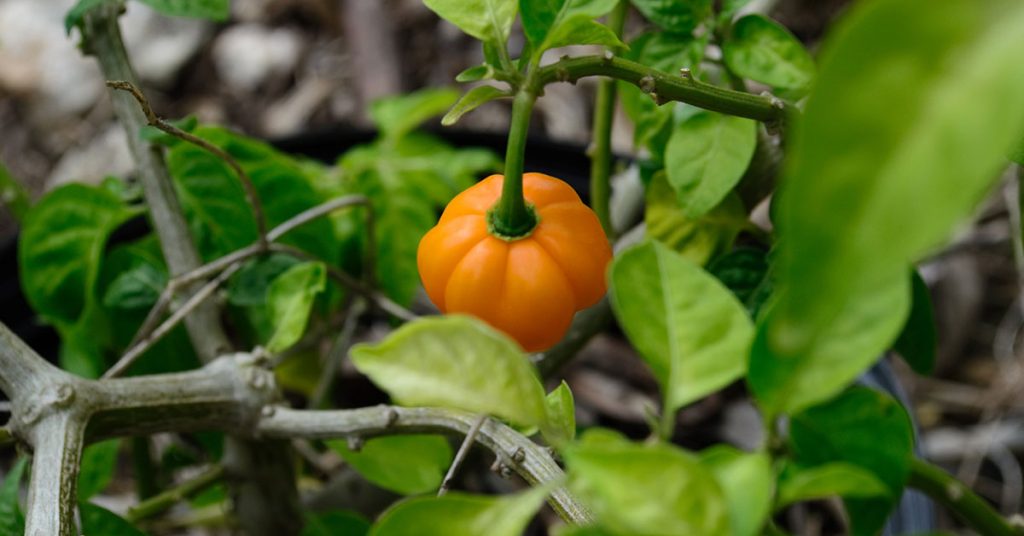
Scotch Bonnet peppers are a staple in Caribbean cuisine, known for their heat level of 100,000 to 350,000 SHU and their distinctive fruity, tropical flavor. These peppers are similar in heat to habaneros but have a unique, rounded shape that resembles a bonnet. They come in bright colors like red, orange, and yellow.
I love growing Scotch Bonnets for their vibrant color and exceptional flavor. They thrive in warm climates and need plenty of sunlight and well-drained soil. Use them in jerk marinades, sauces, and Caribbean dishes to enjoy their fiery heat and fruity undertones. They add a delicious depth to any spicy recipe!
Thai Chili
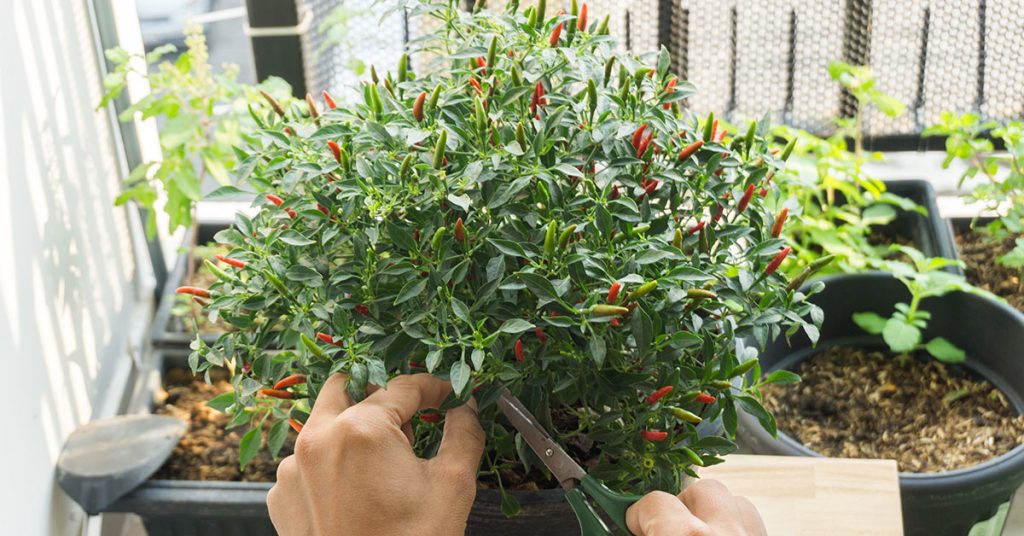
Thai Chili peppers, also known as Bird’s Eye Chilies, pack a punch with their heat level ranging from 50,000 to 100,000 SHU. These small, slender peppers are a staple in Thai and Southeast Asian cuisine, known for their bright red color and intense heat. Despite their small size, they deliver a powerful kick.
I enjoy growing Thai Chilies because they’re easy to cultivate and prolific producers. They thrive in warm climates and full sun, and their compact size makes them ideal for container gardening. Use Thai Chilies in stir-fries, curries, and spicy sauces to experience their vibrant heat and flavor.
Aji Amarillo
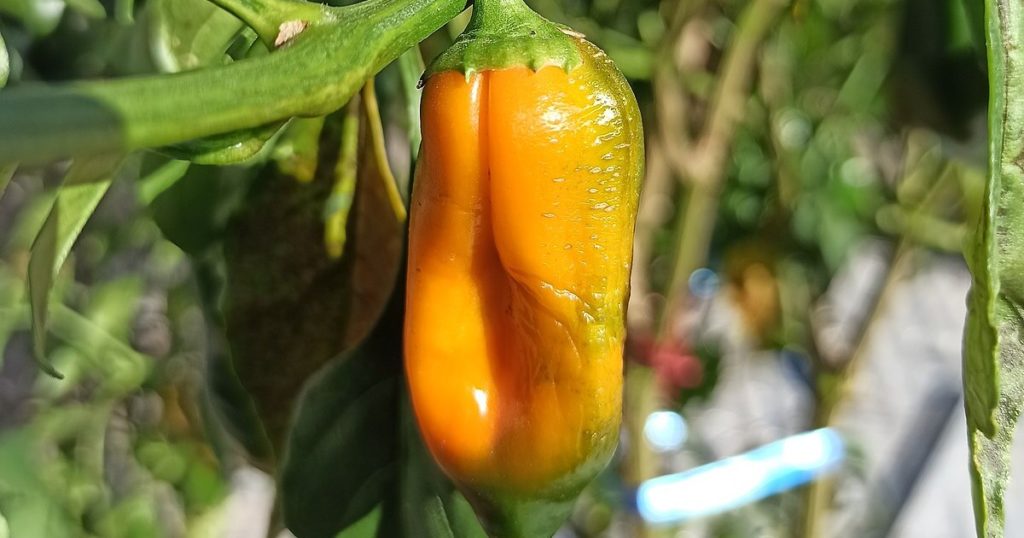
Aji Amarillo peppers are a popular choice in Peruvian cuisine, with a moderate heat level of 30,000 to 50,000 SHU. These bright yellow-orange peppers have a fruity, slightly sweet flavor that adds a unique twist to their heat. They are often used in traditional dishes like ceviche and aji de gallina.
Growing Aji Amarillos adds a splash of color and a touch of exotic flavor to your garden. They require warm temperatures and plenty of sunlight. Use these peppers fresh, dried, or in pastes to enhance the flavor of your dishes. Their moderate heat and fruity flavor make them a versatile addition to any kitchen.
Cayenne
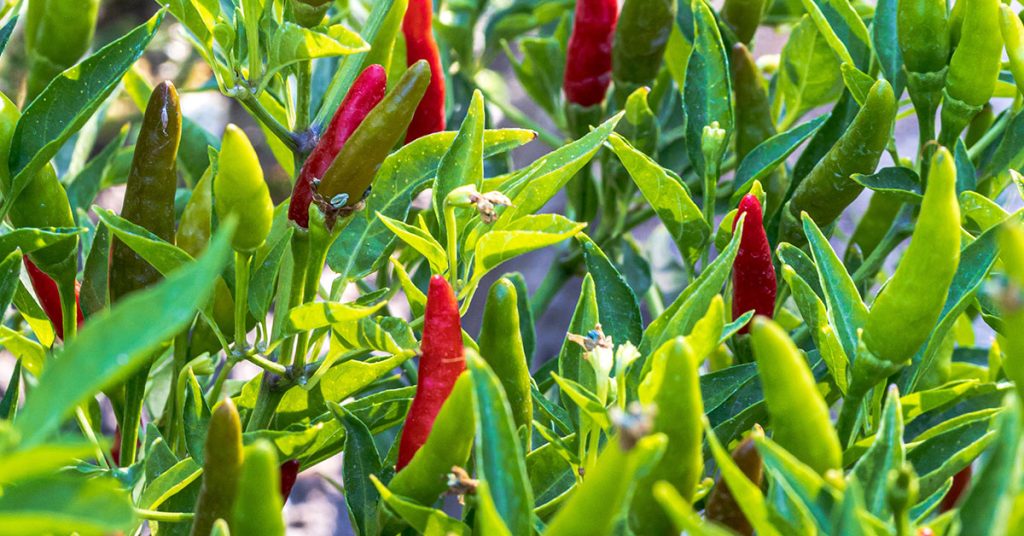
Cayenne peppers are a well-known variety with a heat level of 30,000 to 50,000 SHU. These long, slender red peppers are often dried and ground into a powder, but they’re also great when used fresh. Cayenne peppers add a sharp, tangy heat to dishes and are a staple in many kitchens.
I love growing cayenne peppers because they’re incredibly versatile and easy to dry for long-term storage. They thrive in full sun and well-drained soil, producing a bountiful harvest. Use cayenne peppers in hot sauces, soups, and spice blends to add a consistent, manageable heat to your cooking.
Serrano
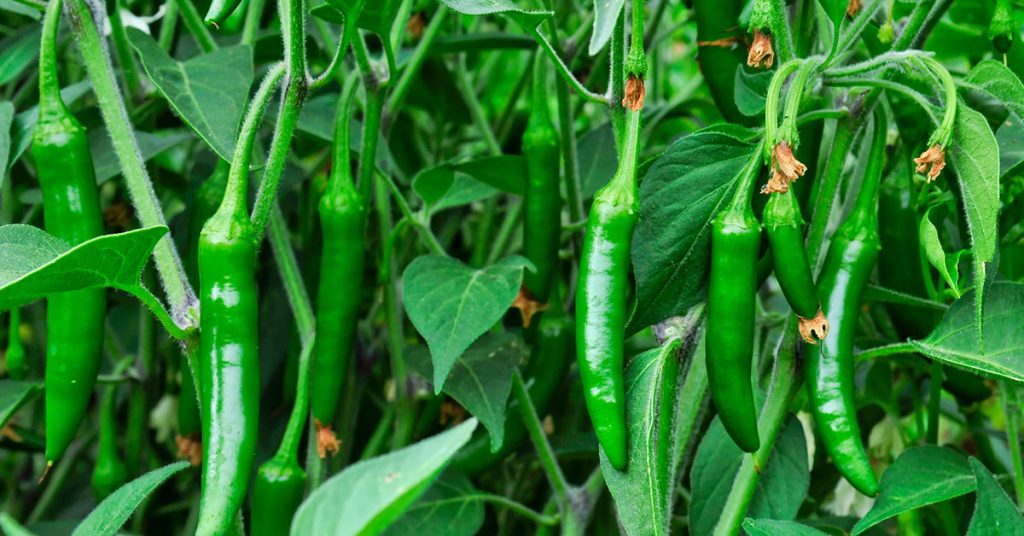
Serrano peppers are a popular choice for those who enjoy moderate heat, with levels ranging from 10,000 to 23,000 SHU. These small, green to red peppers have a bright, crisp flavor that enhances salsas, sauces, and other dishes. They’re slightly hotter than jalapeños but still manageable for most spice lovers.
Growing serrano peppers is rewarding and relatively easy. They thrive in full sun and well-drained soil and can be grown in containers or garden beds. I love using fresh serranos in my salsas and pickling them for a tangy, spicy treat. Their versatile heat and vibrant flavor make them a fantastic addition to any garden.










